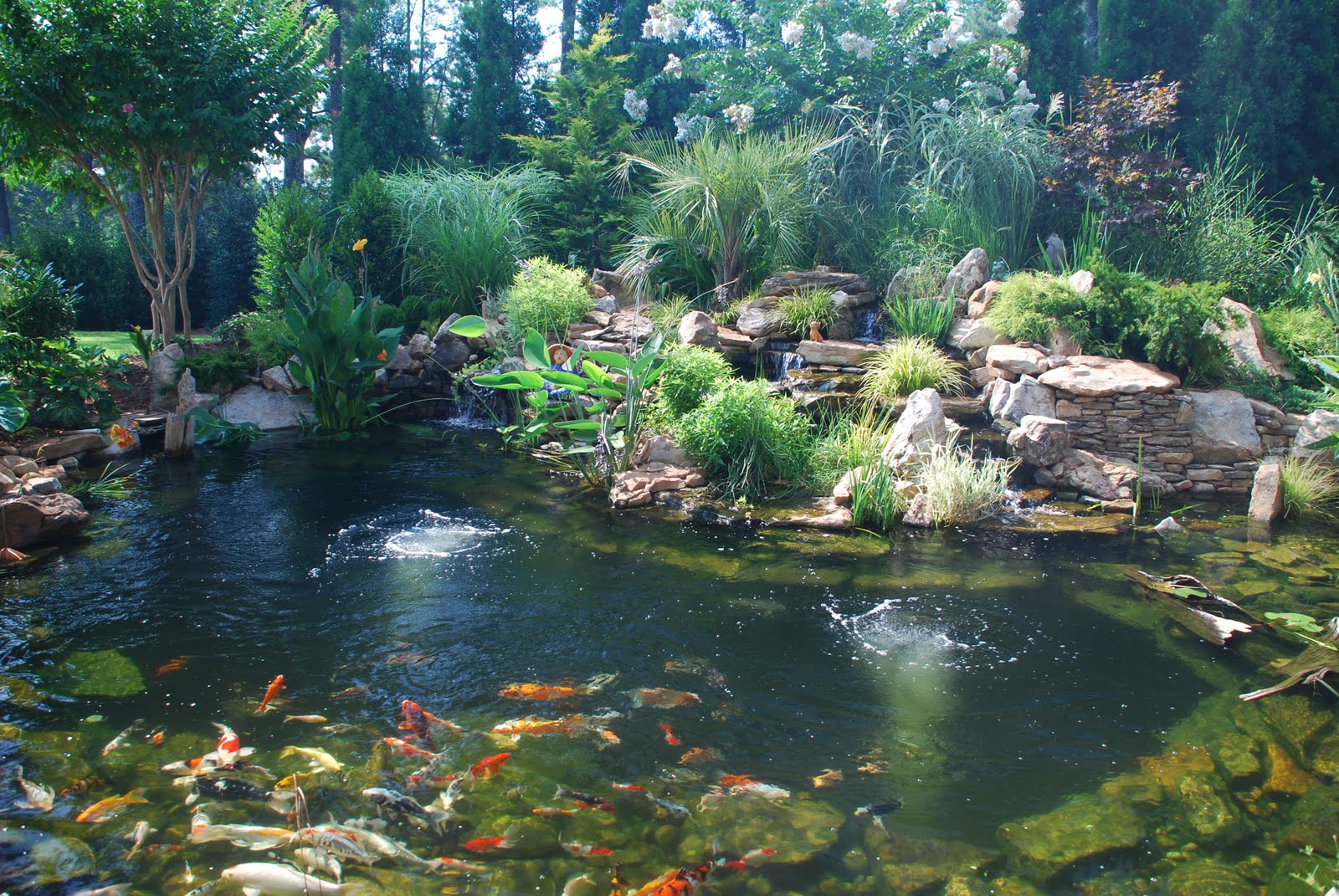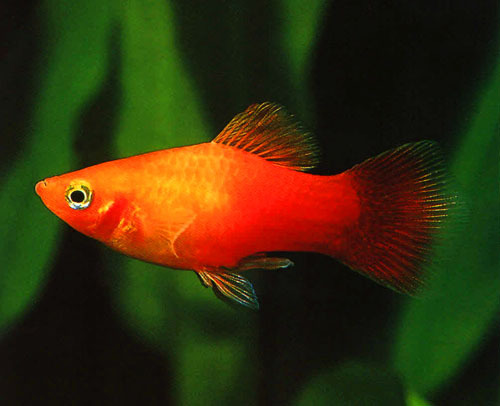
The Ultimate Guide on How to Get Rid of Algae in Koi Pond
Introduction

A koi pond is a great addition to any backyard garden. The peaceful sound of running water and the beautiful colors of koi fish can be incredibly calming. However, maintaining a koi pond can be challenging, especially when it comes to algae growth. Algae can quickly take over your pond and make it look unsightly. In this guide, we will show you how to get rid of algae in koi pond effectively.
Types of Algae in Koi Pond
Before we go into the ways to get rid of algae, it is important to understand the types of algae present in koi pond. The three most common types of algae are:
- Green algae - Most common type of algae. It forms a stringy green coat on the surface of the pond.
- Blue-green algae - Also known as cyanobacteria, it forms a slimy layer on the pond’s walls and surface.
- Blanket weed algae - Forms long and thin strands on the surface of the water and the pond’s walls.
Manual Removal of Algae
The first step to controlling algae growth in your koi pond is manual removal. You can use a net or a pond vacuum to remove as much algae as possible. This method is ideal for removing visible algae build-up on the surface of your pond. You should ensure that the algae debris is removed from your pond to prevent it from breaking down and creating more algae.

Chemical Treatments
If manual removal doesn’t solve your algae problem, you can use chemical treatments. These treatments are available in liquid or granular form and can be found at your local garden store. Here are some options for treating algae in koi pond:
Copper Sulfate
Copper Sulfate is a common chemical used to kill algae in ponds. It is ideal for controlling green and blue-green algae. Copper Sulfate works by disrupting the photosynthesis process of algae, causing it to die. You should avoid using copper sulfate if you have koi fish in your pond as it can be toxic to them.

Algaecides
Algaecides are chemical treatments that kill algae by breaking down the algae cell walls. They are effective against green and blanket weed algae. You should always follow the instructions provided by the manufacturer when using algaecides.
Barley Straw
Barley straw is a natural and safe way to control algae growth in a koi pond. Barley straw contains compounds that inhibit the growth of algae. You can use it in either bale or pellet form. It is recommended to add barley straw to the pond in early spring before algae starts to grow. Barley straw can take several weeks to start working, so patience is key.

Biological Treatments
Biological treatments are another way to control algae in koi pond. These treatments introduce beneficial bacteria to the pond. The beneficial bacteria will consume excess nutrients in the pond, which will result in less algae growth. These treatments are safe for fish and aquatic plants.
Aeration
Aeration increases the amount of oxygen in the pond, which can help control algae growth. The additional oxygen encourages the growth of beneficial bacteria, which will compete with algae for nutrients. You can use a pond aerator to increase aeration in your pond.

Aquatic Plants
Aquatic plants are a natural way to control algae growth in koi pond. They can help reduce excess nutrients in the pond, which can cause algae to grow. You can add plants like water lilies, water hyacinths, and duckweed in your koi pond. These plants will not only control algae growth but will also add to the beauty of your pond.
Maintenance Tips to Prevent Algae Growth
Preventive measures are a great way to stop algae growth from taking over your pond. Here are some of the steps you can take to prevent algae growth:
- Clean the pond regularly and remove debris using a net or a pond vacuum.
- Avoid overfeeding your fish. Overfeeding leads to excess fish waste, which causes algae growth.
- Limit the amount of sunlight reaching the pond. You can add shade by using a canopy or planting trees near the pond.
- Maintain proper water circulation in the pond. Stagnant water encourages algae growth.
- Regularly add beneficial bacteria to the pond. Beneficial bacteria will consume excess nutrients, which reduces algae growth.
Conclusion
Controlling algae growth in your koi pond can be a challenge, but with the right tools, you can keep your pond looking beautiful. Remove as much algae as possible manually, and then use chemical or biological treatments to control further growth. Ensure you take preventive measures to limit algae growth, and you will have a beautiful, healthy, and thriving koi pond!